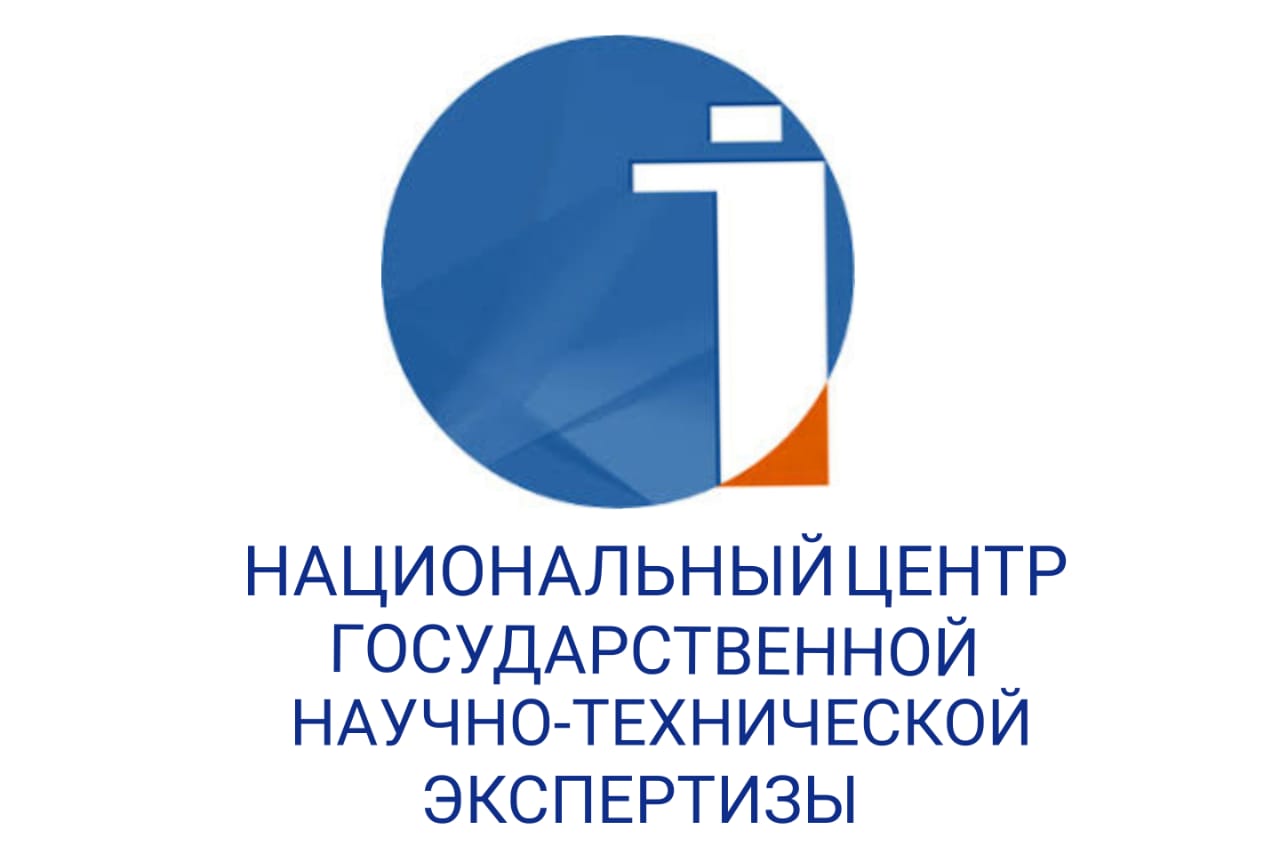DIGITAL CLASSIFICATION OF LITERARY TRANSLATIONS, REVERSE TRANSLATION AND PAIR LANGUAGE REVERSION
DOI:
https://doi.org/10.48371/PHILS.2022.66.3.020Keywords:
return or reverse translation, literary translation, paired language reversion, national color, classification, twelve-digit code, copyright, electronic database of translationsAbstract
Abstract: An electronic translation database is currently in demand, since quantitative analysis and digital processing of translations require objective criteria for systematizing and classifying translations. The aim of the work is an attempt to propose criteria for the digital classification of literary translations using such methods as reverse translation and paired language reversion. That is why in the article the author proposes to use reverse translation as a criterion and a necessary condition for the classification of literary translation, for which the concept of "paired language reversion" is introduced. With the development of data analysis and modern methods of searching and processing information, more detailed criteria for classifying translations are required, allowing the translator to obtain from the entire data bank of translations only the information they need according to strictly defined and clear criteria for sorting information with minimal time. The proposed classification of literary translations will allow not only sorting literary translations from the standpoint of counting the frequency of words in the text, but also evaluating the text as a whole, by counting the parts of speech involved in the text, stylistic devices, expressions, phraseological units and logical connecting elements. The proposed quantitative methods make it possible to digitally classify literary translations, first as a comparison of the source text with the translations performed at different levels: phonetic, grammatical and lexical by reversion (back translation) for compliance and non-compliance of the translation with the original. The article proposes to indicate the language from which and the next four digits into which the translation is carried out as a key group feature in a four-digit code, if the language into which or from which the translation is carried out has one, two or three-digit value, then three, two are indicated in front of the numerical value or one zero, respectively. Thanks to the introduction of these requirements, two goals will be achieved simultaneously: first, the unification and classification of all translations will be ensured; secondly, the copyright protection of translators will be carried out at a more advanced level. The proposed digital classification of literary translations will create a database that will favorably affect both the quality of literary translations and will enable researchers to work with literary translations from the standpoint of data analysis, objectively contributing to the development of translation theory.








